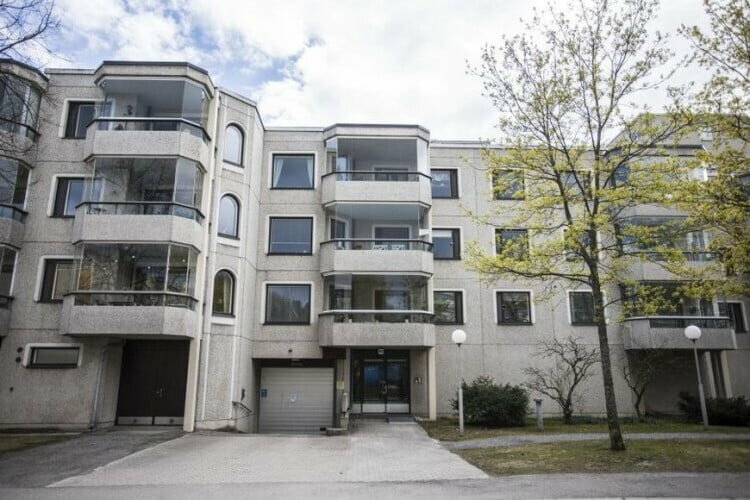 (Credit: Construction News)
(Credit: Construction News)Concrete remains a critical barrier to climate-friendly buildings. It is responsible for at least 7% of carbon emissions worldwide, according to clean energy research group BloombergNEF.
While ‘green concrete’ is being used in some states, the Biden Administration hasn’t prioritized it as much as electric vehicles or renewable energy. Part of the problem could be availability. The green cement industry is still in its infancy, and there’s no formal market for it, says Julia Attwood, lead analyst for sustainable materials at BloombergNEF.
Now Skanska, a world leading project development and construction group, has embarked on an international project to test ways of reusing parts of a condemned building in Tampere in Finland. The ReCreate project aims to discover how used concrete elements can be removed without damage for profitable reuse in new buildings. The four-year project has received €12.5m of funding under the EU’s Horizon 2020 program.
The ReCreate project involves universities and regional company clusters from Finland, Sweden, the Netherlands and Germany. The communications partner is the Croatia Green Building Council. All the country clusters will carry out their own pilot projects where they deconstruct precast concrete elements intact and reuse them in a new building.
This is an important project that utilises demolition waste. Traditionally, the materials of condemned buildings are demolished and crushed, and the crushed concrete is recycled as a secondary aggregate to build new streets. Most of the CO2 emissions from the materials of a concrete-framed building are caused by the production of concrete and steel. The ReCreate project is looking for solutions that enable reusing building components and can therefore significantly reduce the carbon footprint of new construction.
Researchers at the Faculty of Built Environment at Tampere University have been carrying out research on the circular economy in construction for a decade. In addition, long-term research on renovation and the lifecycle engineering of structures provides a foundation for the development of quality assurance procedures that will ensure the safety and integrity of the reused elements. The researchers will explore not only the technical implementation of the solutions but also the business perspective.